For most people who enjoy the great outdoors, being on the water is more than a hobby but a way of life.
Whether you prefer to swim, paddle, or cruise around in a boat, time on the local lake, river, or nearby ocean can be therapeutic and relaxing.
But like all outdoor activities, we accept an element of risk when we push off from the dock or feel our feet leave the bottom. Even if you consider yourself a strong swimmer, it’s important to understand and respect the potential danger of drowning or near-drowning.
In this article we’ll look at some of the more important drowning statistics and how they relate to drowning prevention techniques. With a few precautions we can make our waterways safer for everyone.
Drowning Statistics
General Statistics
- 320,000 people drowned worldwide in 2016
- Approximately ten people drown every day in the U.S for a total of 3,536 every year between 2005 and 2014
- 20% of those fatalities were under the age of 14.
- For non-fatalities, about 50% require emergency room attention and/or transfer to further care (compared to 6% for non-drowning related injuries). Non-fatal injuries can include brain damage and long-term disabilities.
- Non-fatal injury data can be underreported or unreliable for many countries regardless of their income
- In floods, drowning accounts for 75% of all fatalities
- An additional 332 people perished in boating-related drowning incidents
Drowning by Country/Location
- Data from higher income countries is likely to be incomplete or underrepresented by up to 50%
- Countries with lower standards of living see higher drowning numbers. ~90% of drownings worldwide come from low and middle-income countries
- Half of the total drownings come in the coastal regions designated by WHO (World Health Organization) as the West-Pacific and Southeast Asia Regions.
- Death rates are highest in the WHO Africa region which can be 15-20 times higher than those in Western European Countries
- These numbers may not accurately cover all drowning deaths. Official data doesn’t include “intentional drownings” like suicide or homicide or drownings in natural disasters like hurricanes or water transport incidents
Cost of Drownings
- About 45% of drownings in the U.S involve those that are “economically active.”
- The U.S spends, directly and indirectly, about $273 million a year in response to these incidents
- In countries with similar access to water but smaller populations like Australia and Canada, the cost is $85 million and $173 million
Risk Factors
Ethnicity & Location
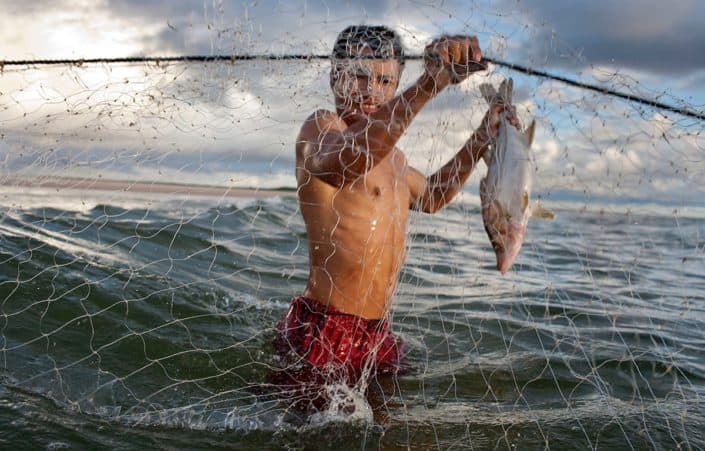
It’s important to understand the difference between correlation and causation when looking at drowning statistics, especially since so much of the data may be underrepresented or incomplete.
For example, individual ethnic groups may not necessarily be predisposed to drowning, but their socioeconomic status or lives may make them more likely to be exposed to dangerous water conditions.
Those in low-income coastal regions likely lack safety nets and medical care those in more high-income countries enjoy. A fisherman in a poor African country probably doesn’t have access to quality weather forecasts or a reliable boat. And if something does happen, a radio or federal aid like Coast Guard response is unlikely.
The same can be said for asylum seekers fleeing to a different country. Since this usually involves entering the country illegally, they must traverse rarely traveled (and usually dangerous) waterways with no chance of rescue in an emergency. These boats tend to be poorly made and often overloading, increasing the odds of a mishap.
Gender
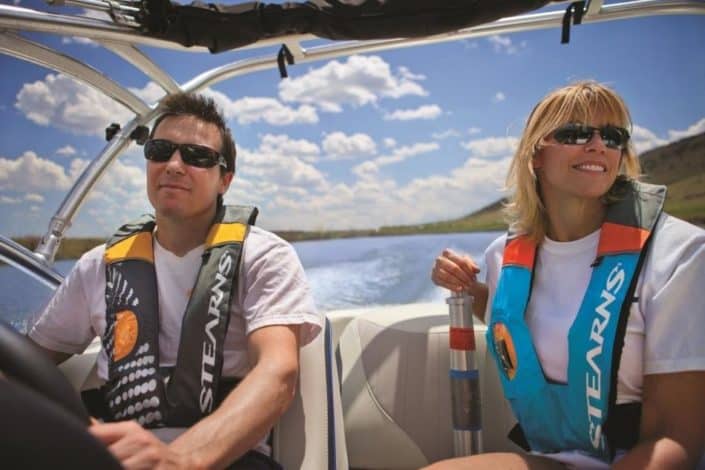
Men are especially susceptible to drowning with twice the mortality rate of females. Again, simply being male doesn’t make you more likely to drown.
Some of it can be explained with simple numbers. More men tend to be on the water compared to women both for work (commercial fishing, transportation industry) and outdoor recreation. But once on or near the water, they are also more likely to behave in a manner that increases the risk of drowning.
For example, they are more likely to consume alcohol which impairs judgement and swimming ability. Even if drugs or alcohol aren’t involved, they may engage in activities or behavior that are riskier and increase the chance of on-water collisions or accidents.
Age
Age is another big differentiator. Children between the ages of 5-14 are most likely to drown according to the WHO. In Australia, drowning is the leading cause of death for children between the ages of 1 and 3.
Remember, you don’t have to be in the ocean to drown. An unsupervised infant in a bathtub is also at risk. The same can be said for slightly older children who live near lakes, rivers, and oceans. But can also include those with access to smaller, seemingly non-threatening bodies of water like ditches, ponds, irrigation canals, and swimming pools (both private and public).
Lack of Foresight
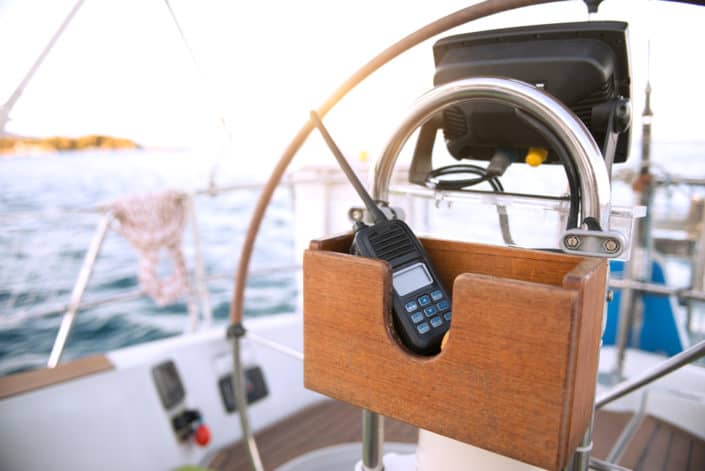
Simple prevention methods or a lack of attention can play a large role in drownings. Children should always be supervised when near water. This may seem obvious on outings to large bodies of water. But even innocent scenarios like bathtime or a small pool in the backyard can have consequences, especially with young children.
Monitor the water conditions and weather at all times, especially if you’re on larger bodies of water like lakes or the open ocean. Even rivers can be dynamic and changing from visit to visit depending on a variety of factors including temperature, rainfall, snow melt, and the time of year.
Learn or take a course on reading weather conditions, and always check the forecast before heading out. Remember that weather reports are dynamic and ever changing as the models they’re based on respond to changing conditions. Marine VHFs come with automated channels that give real time updates on water conditions.
In the U.S marine channel 16 is monitored by the U.S Coast Guard and is used for hailing and responding to emergency calls. If you have a marine radio (strongly recommended) keep it on Channel 16 when not conversing to stay in touch with fellow mariners. Any emergency weather announcements will also be broadcast on this channel.
Drowning Prevention
Drowning Prevention for Children
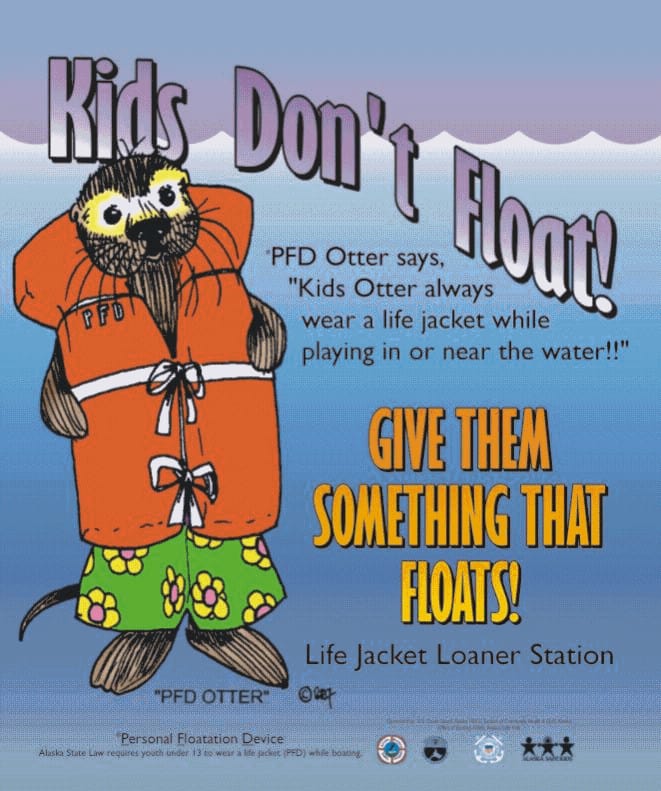
The biggest precaution parents or other adults can take is also the simplest. No matter what sort of water it is, kids should always be supervised when around water. It’s possible for infants to drown in just a few inches of water, so take every precaution and practice constant vigilance.
If you own a pool, install a secure fence around it so that no one falls in, and maintain strict rules about when it can be used. If you have the means, enrolling young children in swimming lessons can be a life saving skill. Especially if you live near large bodies of water or spend time on a boat.
For boating, kayaking, and other water activities, make sure your children always have a life jacket. Even in calm, warm water, falling overboard can cause a child to panic, inhale water, and sink before you can turn around to pick them up. Many public docks provide children’s sized life jackets for free with cute cartoon monikers and phrases like “kids don’t float.”
In controlled bodies of water like a swimming pool, children that don’t know how to swim should have some sort of floatation device. This can be something like water wings or a more traditional life jacket.
Drowning Prevention While Boating
Every boat should come with the Coast Guard approved safety equipment which includes flares and the appropriate number of floatation devices. Before leaving the dock, ensure that there is a life jacket available for everyone on board.
Driving a boat should be treated like a car. You wouldn’t drive a car under the influence. The same policy applies for boats.
Take a boater safety class and learn the “rules of the road.” If going out with a friend, ask them about their experience and what sort of training they’ve received.
File a float plan with someone. Tell them where you’re going, when you’ll be back, and who to call if you don’t check in by a specific time.
Drowning Prevention for Adults
Even for adults that are accomplished swimmers, drowning is a serious risk in cold water. Just because you can swim doesn’t mean you’re immune from the risk. Many adults assume they can bypass the bulky hassle of a life jacket because, “I’m a good swimmer.”
But falling into cold water (less than 60 degrees) can have serious effects on your body from the moment you hit the water, causing muscles to seize and panic to set in. If you fall from a sizable height or speed, you may sink dozens of feet before you can make your way to the surface. A life jacket also orientates you face up in the event that you’re unconscious.
At the beach always swim in the designated areas. Chances are the areas closed off to swimming are closed for a reason. Strong surf, currents, riptides, or other underwater hazards may be looming.
What to Do if You Witness a Drowning
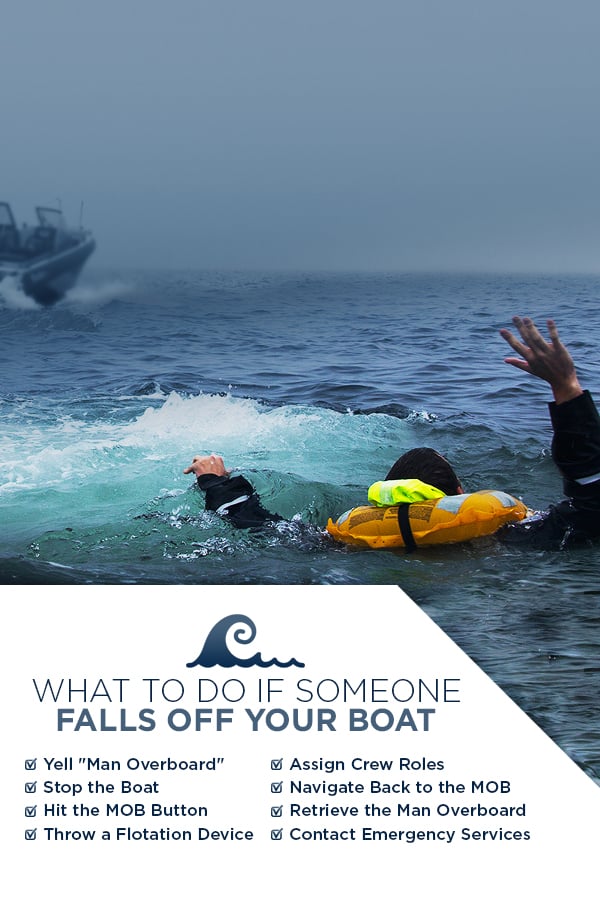
Who to Call
If you see someone struggling, it’s tempting to throw caution to the wind and leap in after them. It’s important to do an assessment of the situation before diving in. What’s the reason that they’re struggling? You won’t be much use if you put yourself in danger too.
If at a public pool or beach, immediately notify a lifeguard if there is one. Even if it’s your own child or loved one, odds are good the few seconds it takes to notify a skilled professional is worth it.
If you’re in a situation where there is no professional help or it’s too far away to assist, you still shouldn’t jump in the water immediately. Call for help and get the attention of any other boats or beach goers. Always keep your eye on the party in danger.
If you have access to a radio, get on channel 16 and report that there’s someone in the water along with your position and a description of the person in distress. Jumping in after them should be the last resort. If you have someone with you, tell them to stay near the radio or phone.
If you’re on a boat, hopefully it’s properly stocked with safety equipment. Operate slowly with people in the water. When you’re within throwing range, toss everything that floats toward the drowning person. Anything they can grab onto will buy them time for help to arrive.
CPR
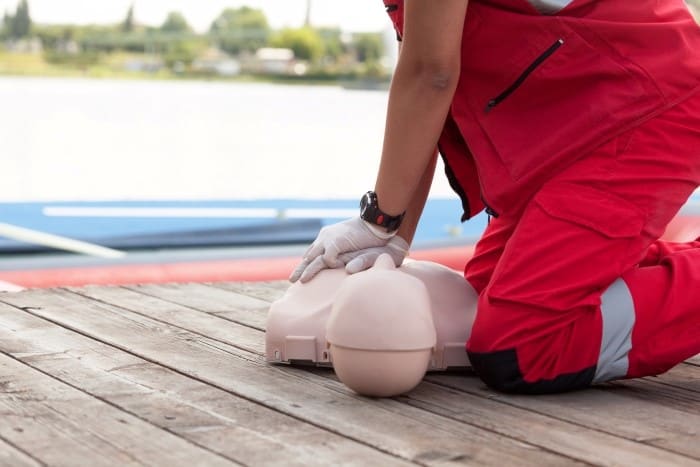
These instructions are not meant to replace CPR training. A proper course and certification is strongly recommended. These steps should only be used on adults and children. Not infants.
- Check for Breathing: Look to see if their chest is moving. Place your ear near their mouth. Can you feel or hear air?
- If they’re not breathing, check for a pulse. It will be strongest at the neck, though the wrist will work too. Check for ten seconds.
- If there’s no pulse, start CPR:
- Place the heel of your hand on the center of the chest.
- Press down ~2-inches, do not press on the ribs
- Continue chest compressions at a rate of 100-120/minute
- Check to see if the person is breathing
- If not, tilt their head back and lift chin
- Pinch their nose close, take a normal breath, and create a tight seal over their mouth with yours
- Exhale two normal, two second breaths, watching their chest rise
- Follow with 30 seconds of chest compressions
- Repeat until help arrives
Drowning Statistics and Prevention – Conclusion
Many drowning incidents are preventable, making them all the more tragic. Hopefully after reading this article you have a better understanding of the potential risks. By implementing a few safety measures and practicing good safety habits, the risk of drownings can be greatly minimized.
Add in a CPR class and learning proper boating techniques can make all the difference for you and your loved ones. Hopefully you never need these skills, but if you do, you’ll be glad you have them.



